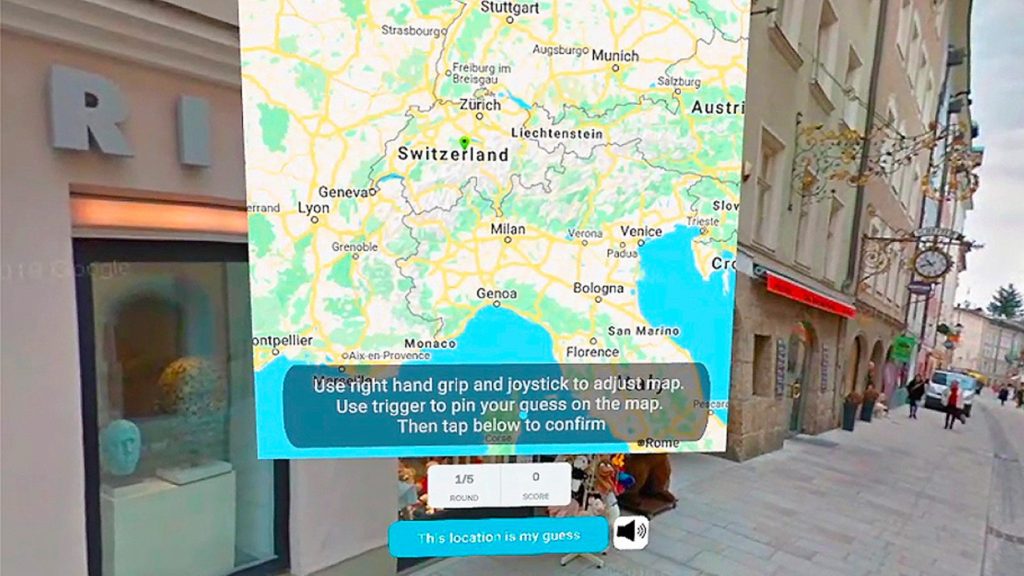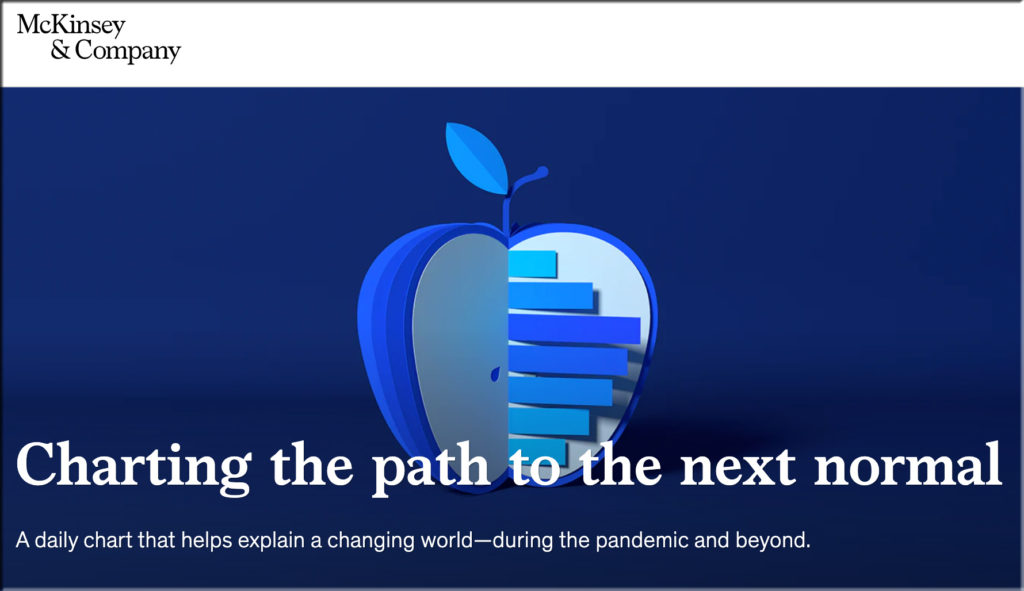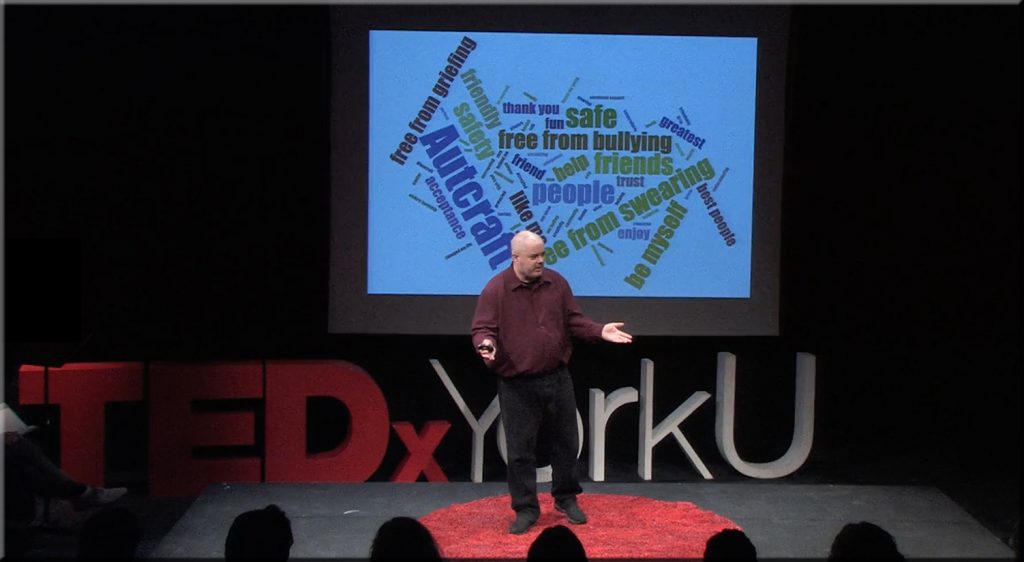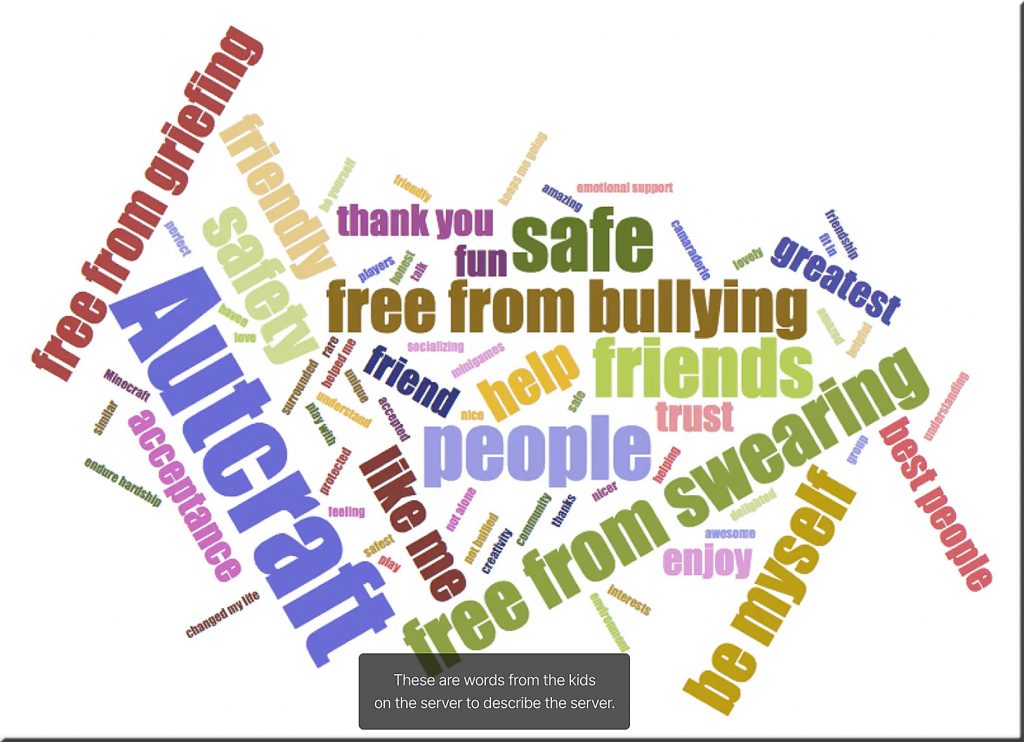Revisiting Camera Use in Live Remote Teaching: Considerations for Learning and Equity — from er.educause.edu by Patricia Turner
Excerpts:
Given the need to balance equity concerns with effective teaching practices, the following suggestions might be helpful in articulating an approach to using cameras in live remote teaching sessions. This list is not exhaustive; these suggestions are offered as a starting point from which to begin thinking about this issue.
…
Given what we know from research about interaction, active learning, equity, and inclusion, one possible philosophy is this: if we believe that some students are not using a camera because of privacy issues, because they lack a quiet space in which to learn, or because of inequitable circumstances, we can let our students know that we are available if they need help and that, although we can’t solve all problems, we may be able to help students get the support and resources they need.













